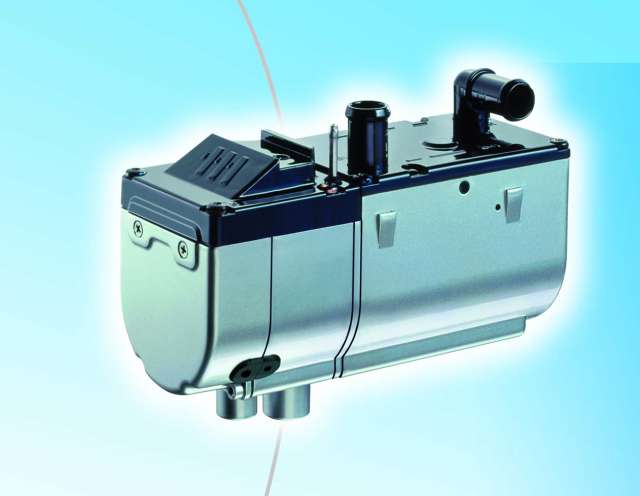Eberspacher Heater Manual


After many cold nights without a heat source in our Sprinter, we finally bought and installed an Eberspaecher Airtronic D2 heater. We chose to do the installation ourselves, and while time-consuming (probably 10 hours of labor), it is definitely a doable project and we recommend doing it yourself. We bought our heater at, based in the UK. They’ve been very responsive, and shipping from the UK took only one day! They’re knowledgeable and can give great advice and information.
We’ve found them to be the cheapest distributor online, so check them out. Full disclosure: They also helped us out with a discount on our heater.
Ft245r Usb Fifo Win7 Driver here. Download our D5W water heater installation manual below for help with installing your D5W heater, product diagnostics and repairs. We also provide an additional D5W water heater spare parts list. Complete with useful diagrams and technical advice, our Eberspacher D5W manuals contain everything you need to get the. Find great deals on eBay for eberspacher gas heater and eberspacher heater. Tranquility Font Free Download. Shop with confidence.
In this blog post we’ll lay out how to install the Airtronic D2. Our kit included the heater with installation kit, floor mounting bracket, EasyStart Select controller, remote temperature sensor and high altitude sensor. The temperature and altitude sensors are optional, so if you don’t need them, you can save yourself some of the wiring. Installation kit We’ve found a few sources to be helpful in the installation process, as the instruction manual that comes with the heater is lacking in some respects. Here are the key references we used: • Airtronic installation manual (on CD / ) • EasyStart user manual (on CD / ) • has good tips on their website.
You should read this article in conjunction with theirs. • Sprinter-source • Eberspaecher customer support Tools required: • Screwdrivers • Ratchet with metric sockets • Drill / drill bits • Hole saw (1-⅛ or 1-¼ inch diameter) • Crimping tool Things to buy: • 12” of 5/16” ID fuel line (auto parts store) • ¼” male-to-male barbed fitting ( / ) • Splice connector () • Cable staples to route wiring () • Primer • Muffler putty () Installation process The basic steps to the installation are: 1) installing the heater in its physical location; 2) routing the fuel lines and installing the fuel pump; 3) routing the electrical connections. First, you need to find the best location to install the heater. You’ll roughly need a space that is 7 x 18 inches in footprint. Ideally you would want a location that is close to the van floor, minimizes duct length for the heat output, and most importantly, where the van floor is not obstructed from cross members or the vehicle frame.
Many people install the heater, but we already had our auxiliary battery system in that place and weren’t going to change that. The second best option in our view was to install it on the passenger side between the sliding door step and the rear wheel well. Given our bed frame construction, it left us with the ideal space to fit the heater without much modification of our setup.
We removed one small wooden crossbeam from our bed frame for easy access to the space. The only downside to this location was that our wiring harness to connect to the battery wasn’t long enough – more on the solution to this further below. Test fitting the bracket Heater space 1) I nstall heater With the location identified, you need to drill 3 holes into the van floor: 2 holes are 1-⅛ inch diameter for the intake and exhaust hoses, 1 smaller hole for the fuel line (diameter depends on your exact setup). The holes are a total of about 3 inches apart. So with the location identified, get under the Sprinter and check the underbody of the van.
In our case, when mounting the heater behind the sliding door step, going from front to rear of the van, you’ll find: a cross member (6 inches), then 6 inches of unobstructed van floor, and another cross member right in front of the rear wheel well. The goal is to put the holes right in the center of the 6” unobstructed van floor.
Back at the top of the van, mark a line on the floor that is 6 inches behind the sliding door step – that’s where the crossmember ends. In our case, our wooden van floor overlaps the rear of the sliding door step by about 1 inch, so be careful to account for that. Double check everything to make sure you get it right. Next, mark on the floor the center of where you’d plan to put the first 1-⅛ hole and make sure it is at least ½ inch behind the crossmember line you just drew.